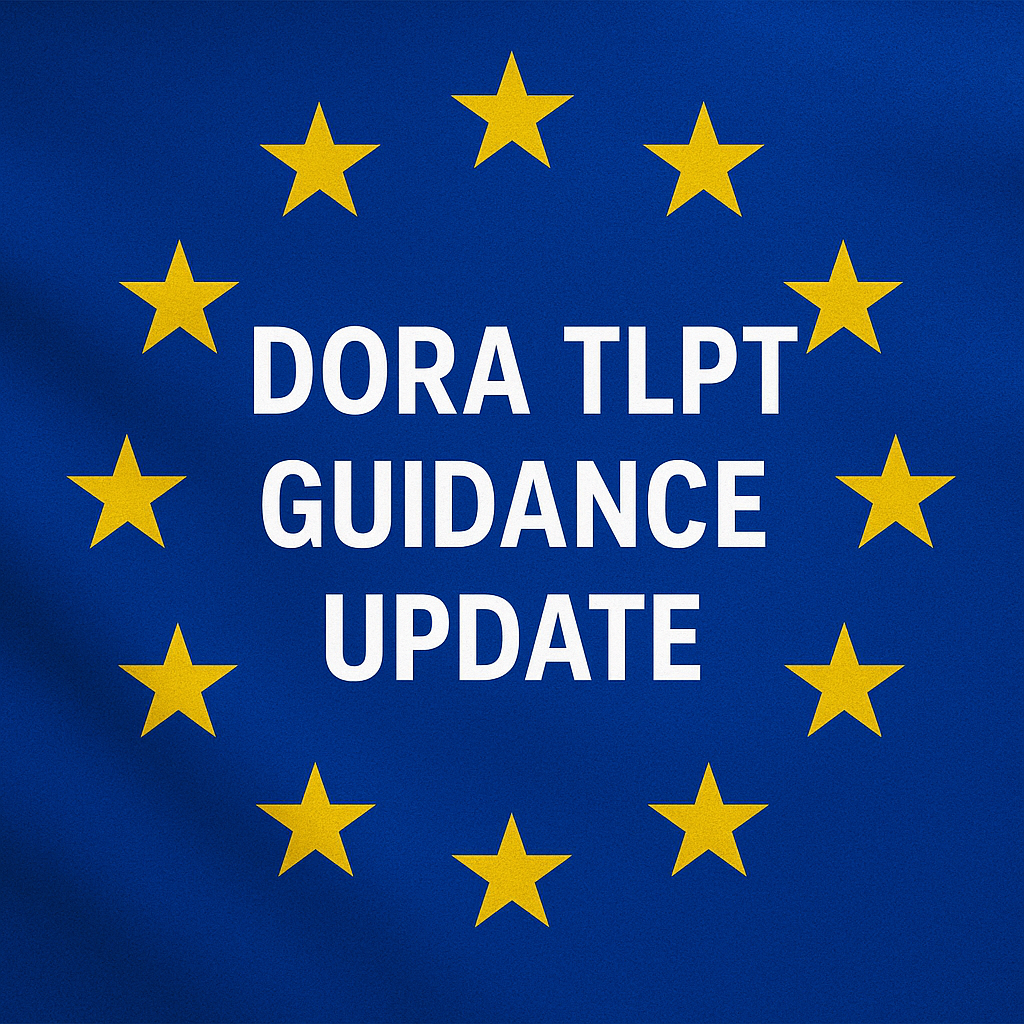Prism Infosec Partners With The UK Space Agency

Prism Infosec is delighted to announce a new partnership with the UK Space Agency, supporting the delivery of a national initiative to strengthen cybersecurity across the UK space industry. As part of this programme, Prism Infosec will work with small and medium-sized enterprises (SMEs) within the space sector to help them enhance their cybersecurity maturity […]
UK Government Proposes Ban on Public Sector Ransomware Payments

On 22nd July 2025, the UK Government announced a significant legislative proposal aimed at reducing the incentive for ransomware attacks. Under the proposed law, public sector bodies and operators of Critical National Infrastructure (CNI) — including schools, local councils, the NHS, utilities, and data centres — would be prohibited from paying ransoms to cybercriminals. The […]
DORA TLPT Guidance Update

Today the EU provided the long awaited updated guidance in relation to DORA’s TLPT: DORA TLPT Guidance Update This 30 page document further clarifies the necessity for Threat-Led Penetration Tests (TLPTs) under DORA. We will be posting a more in-depth post about this in the very near future, but the key points that should be […]
Prism Infosec Appoints Andrew Turner as Chief Commercial Officer

Cybersecurity consultancy Prism Infosec, with offices in Cheltenham and Liverpool, is pleased to announce the appointment of Andrew Turner as its new Chief Commercial Officer (CCO). Andrew brings a wealth of experience in cybersecurity and commercial leadership. He holds a degree in Computer Information Systems Design from Kingston University and most recently served as Vice President of Sales, EMEA at […]
The Cyber Security and Resilience Bill – April 2025

In the King’s Speech it was announced that further details would follow about the CSR Bill, and it looks like we now have the confirmed and proposed measures: Cyber Security and Resilience Bill: policy statement – GOV.UK These have been proposed by both MPs and the Department for Science, Innovation and Technology (DSIT) and backed […]